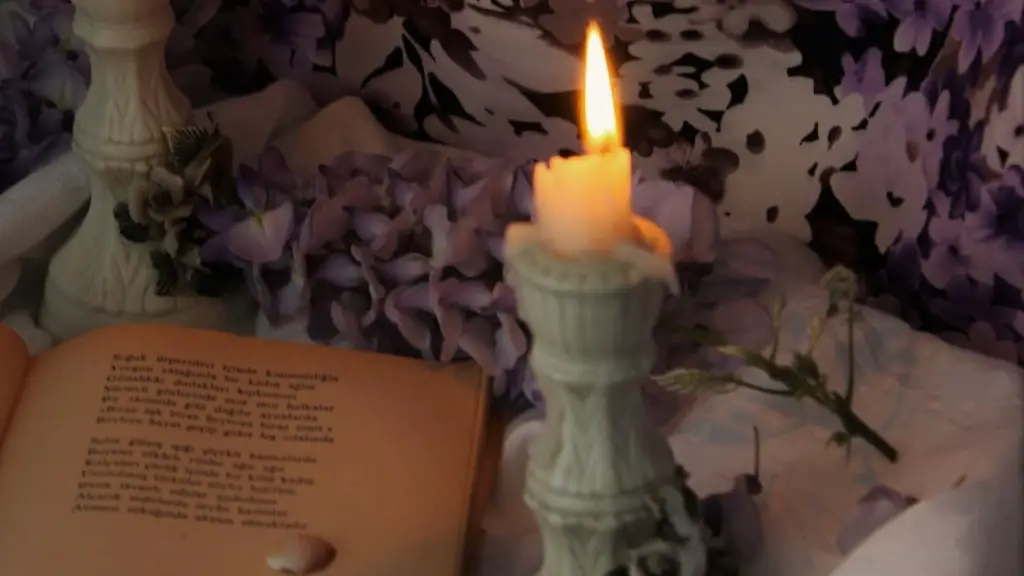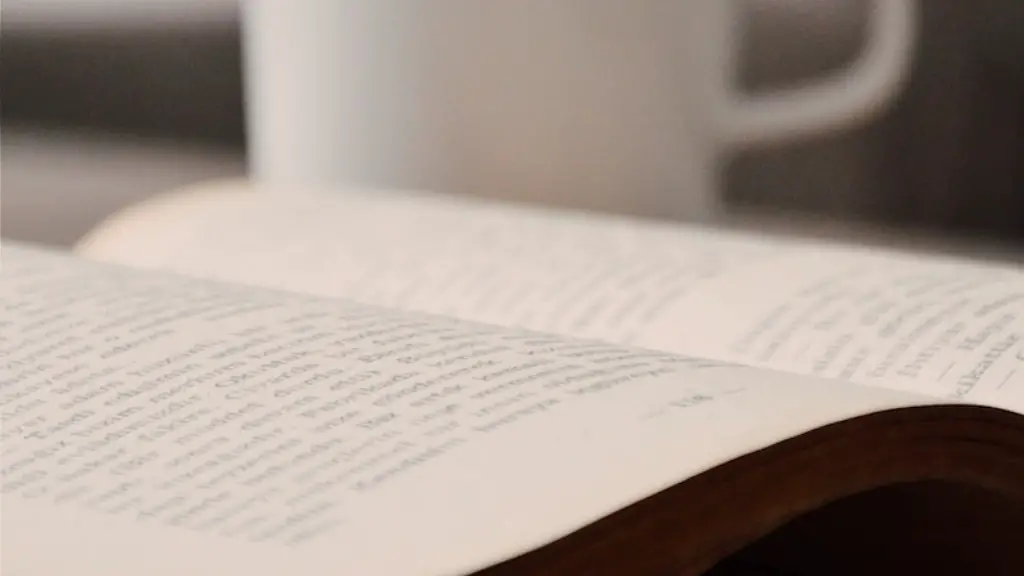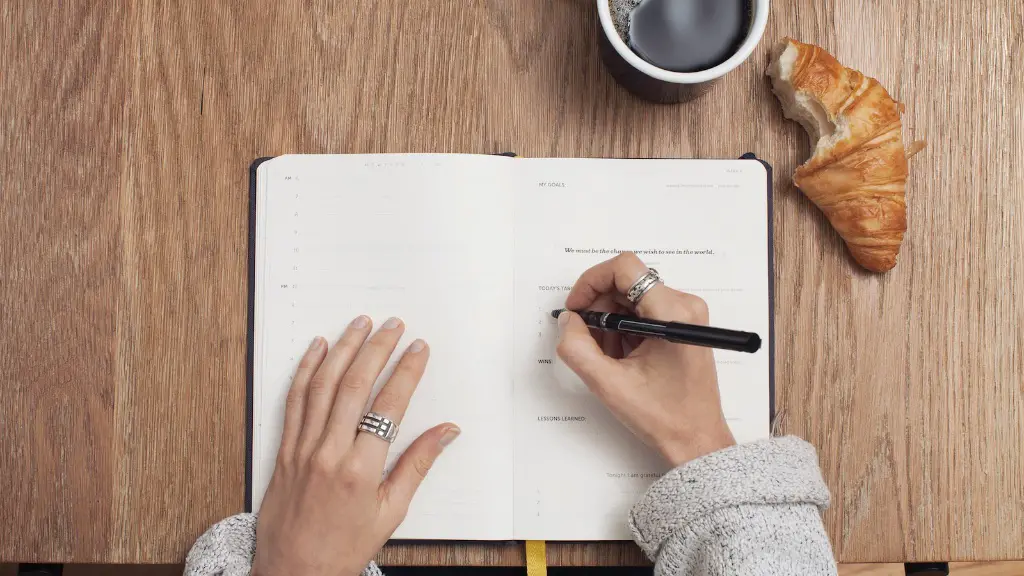Creating The Right Environment
Kindergarten poetry is enjoyable and effective when the classroom environment is optimized for learning. Creating a plan and setting expectations are key to successfully teaching poetry to kindergarten. Clear rules and expectations need to be in place so students will know the parameters of the activity and be ready to engage. Consider preparing the physical environment — chairs and tables arranged in circles, comfortable and inviting blankets and cushions on the floor, vintage area rugs, music playing, and perhaps a few instruments available. Art supplies, such as crayons and scrap paper, provide an opportunity to add visual components to any poem.
Harnessing Imagination Through Storytelling
Storytelling is a powerful tool for introducing poetry to young children. Starting with familiar stories known, followed by craftily set up new ones stimulates the imagination and allows for students to indulge within a work of literature. A carefully thought out combination of simple, non-abstract poems and more abstract texts is the ideal way to expose kindergartners to poetry. There are some tales of rhythm and rhyme that are especially perfect for kindergarteners, as they can expose students to the pattern of words. Exposing children to books with repeating lines, chant-like phrases, and riddles can aid tremendously in teaching poetry to a group of children.
Exploring Nature To Revitalize Poetic Inspiration
Incorporating Nature into poetry activities is the best way to get children involved. A change of scenery provides an opportunity to take in the elements of nature, playdough and chalk to express their perception of the environment and dedicate time to practice basic observational skills. Children don’t often connect Nature with poetry but it is essential to teach them that concepts drawn from Nature can be a great source of poetic inspiration. When engaged with Nature, children can observe its beauty and capture what they sense in words. Most students will be drawn naturally to natural elements in everyday life. Therefore, encouraging them to put down words that represent their feelings towards Nature is a great way to build a connection between poetry and Nature.
Introducing Rhyme
Rhyme is one of the key components in poetry that kindergarteners need to learn. Introducing rhyme in poetry for kindergarteners should start with examples of simple rhyme words, and gradually move to more complex rhymes. Teaching rhyme to kindergartners can be an interesting process, since they are at that age where they have the most ear for language. It is necessary to encourage children to play with the sound of words and to explore the possibilities of language. A strategy to simplify and make the task more appealing is to get them involved in the process by asking questions, like getting them to come up with their own words that rhyme with the ones given. Making rhyme games fun and creative allows children to practice without feeling overwhelmed.
Introducing Rhythm
Rhythm is another key element of poetry that helps make it interesting. Introducing rhythmic games and activities to kindergartners is a great way to make teaching poetry easier. Music and singing are great ways to help children appreciate rhythm. Singing can be a neat way to learn different sounds and cadences in speech. Singing is also an enjoyable way to get children to participate in an activity. Clapping and jumping are great activities that kindergarteners can use to carry the beat in a poem. Moreover, they can practice basic clapping patterns on their own.
Recreating Through Experiments
Kindergarteners need to experiment and explore poetry as much as possible before trying to create their own. Exposing children to variations of poetry and different topics of poems helps them to imagine and explore concepts of their own creation. For example, one way to explore poetry with kindergarteners is to get them to write a poem about a doll resembling their favorite storybook character. This will help stimulate their imagination and understanding and learning about how poems may vary in form. Moreover, converting stories into poems could be fun, as children can think of lines and new perspectives from a different point of view. Finally, having children take turns writing and painting the same poem with different mediums and techniques is a great way to help them learn and appreciate the art of poetry.
Developing Fluency In Creative Writing
Encouraging children to express themselves freely also helps in teaching poetry to kindergarteners. Through free writing, children can work on expanding their vocabulary, learning new syntax and developing grammar. This process not only helps children learn more about conventional writing, but also helps them get better at devising new and creative ideas. Moreover, free writing encourages children to find and use their own voice. It is important to let children express themselves and to strive for fluency within the creative writing process.
Anchoring Relevance Through Theatre & Drama
Involving theatre and drama in teaching poetry helps kindergarteners understand different emotions and how to express these feelings. Taking a few lines from the poem and having children improvise the characters, events and setting provides the foundation for a creative assignment. Playing roles from the poem couple with the surroundings brings poetry to life for young learners. Theatre and drama can also be taught using a play telling format, where students can create a story that follows the plot of the poem. This aids in understanding the context and relevance of the poem. Furthermore, it builds essential skills such as communication, collaboration, listening and critical thinking.
Painting With Colorful Processions
When presenting poetry to young children it is important to use visuals and teach the language of Design. Introducing the elements of Design and basic techniques of visual expression can be an effective way to stimulate Kindergarteners to create their own visuals to accompany poems. For example, pairing up lines of a poem with appropriate colors is an effective way to help children understand the sensory aspects in a literary work. Moreover, dedicating time to simulating stories in pictures using painting and drawing materials enables students to make connections between literature and visual art. Drawing without the use of words is both challenging and rewarding and allows children to express themselves and represent ideas from the poem in a creative manner.
Using Magazine Collages To Explore Narratives
Magazine collages are another great way to get children to explore their creativity and perceive narratives from the poem. Ask students to pick images from magazines and create stories from them. This helps them understand the connection between media and the poem, while being able to explore the meaning of the poem and bridge the gap between words and visuals. Moreover, it gives children exposure to different classic and modern poems which they can explore and engage with. Furthermore, media collages also help students build a connection between visuals, words and ideas and practice combining them in a meaningful way.
Exploring Creative Autobiographical Writing
Exploring creative autobiographical writing is a great way to engage kindergarteners while teaching them poetry. Having children write a poem about themselves allows them to explore their individuality and identity in a creative and enjoyable manner. Writing an autobiographical poem helps children be more comfortable with expressing their experiences, feelings and opinions and gives them an opportunity to articulate their concept of self. It also helps in developing their communication skills and understanding of how to use language to express their thoughts and ideas. In addition, writing autobiographical poetry strengthens self-confidence and mental wellbeing, as children learn to accept themselves better and find a suitable way to express their emotions in a constructive manner.


